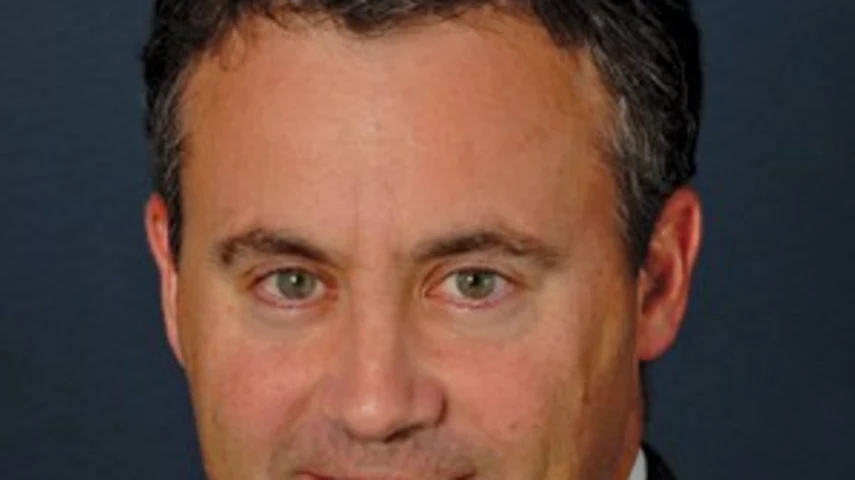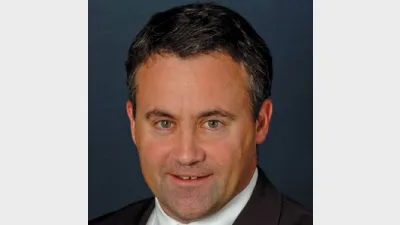SMSF borrowing and cross-member insurance



David Shirlow from Macquarie Adviser Services brings you up to date with new developments regarding the way SMSF trustees can structure insurance.
When self-managed superannuation funds (SMSFs) borrow to invest directly in real estate, sometimes life and total and permanent disablement (TPD) insurance can be an important part of unwinding the arrangement.
There have been two recent developments which potentially affect the way in which SMSF trustees can structure the insurance.
Firstly, late last year the Australian Taxation Office (ATO) acknowledged the potential for certain cross-member insurance arrangements to achieve reasonable tax results.
Secondly, and more recently however, Stronger Super amendments to superannuation law (SIS) raise the question as to whether these arrangements will be possible from 1 July 2014.
If an SMSF trustee wants to borrow to acquire a lumpy asset, such as a business property, then it needs to plan how and whether its arrangements will be unwound if certain life-changing events such as death or TPD occur.
Is the loan to be paid out and the asset sold?
Would it be possible to pay the asset out as a benefit, and would the right beneficiary receive it?
Or is the fund trustee likely to want to continue to hold on to the asset for various reasons?
If the fund trustee wants to be able to retain the asset, sometimes insurance is contemplated as a possible means of enabling that, particularly to address circumstances where the fund will be required to pay out a lump sum benefit; for example, upon the death of an unmarried member with no dependent children.
The idea is for the insurance proceeds to assist the trustee to meet its liquidity needs, which may include paying out the loan and/or paying out the deceased member's accumulated benefit.
If, in event of the death of a member, the fund rules provide that the insurance proceeds are to be added to the death benefit, which is typical, then the insurance won't address these liquidity needs.
An alternative approach, which was canvassed as a possible solution with the ATO at the December 2012 NTLG Superannuation Technical sub-committee meeting, is for the insurance proceeds to be credited directly to the account of the surviving member(s) without passing through a reserve (thus avoiding any contribution cap issues).
The ATO indicated that, provided the fund's deed has suitable provisions and appropriate administrative actions are taken by the trustee, this sort of approach would not cause contribution cap issues.
More recently however, amendments have been made to SIS which restrict a fund trustee from taking out the insurance in certain circumstances.
Broadly, from 1 July 2014 the new SIS rules require trustees to align the risks covered by insurance they take out for members to match the circumstances in which SIS allows benefits to be cashed; that is, as death, terminal medical condition or permanent or temporary incapacity benefits.
For example, from 1 July 2014 trustees will generally need to ensure that TPD cover is ‘any occupation' cover (which is consistent with cashing rules for permanent incapacity benefits) rather than ‘own occupation' cover.
However, it is not entirely clear whether it will be possible for a trustee to take out life or ‘any occupation' TPD cover on the life of one member if the insurance proceeds are paid into the account of another (and therefore retained in the fund until that non-insured member can be paid a benefit under the SIS rules).
We await ATO guidance on this one. The cross-insurance approach could be quite useful in particular situations if it is allowable.
There are, of course, other ways to successfully unwind a geared property investment, which may or may not involve insurance, including injection of contributions into the fund by surviving or new members. The key thing is to have properly thought through the exit strategy in advance of investing.
David Shirlow is the executive director of Macquarie Adviser Services.
Recommended for you
Data and technology provider Novigi has acquired Iress’ superannuation consulting and managed services business from Apex Group.
AMP is to launch a digital advice service to provide retirement advice to members of its AMP Super Fund, in partnership with Bravura Solutions.
Unveiling its performance for the calendar year 2024, AMP has noted a “careful” investment in bitcoin futures proved beneficial for its superannuation members.
SuperRatings has shared the median estimated return for balanced superannuation funds for the calendar year 2024, finding the year achieved “strong and consistent positive” returns.









